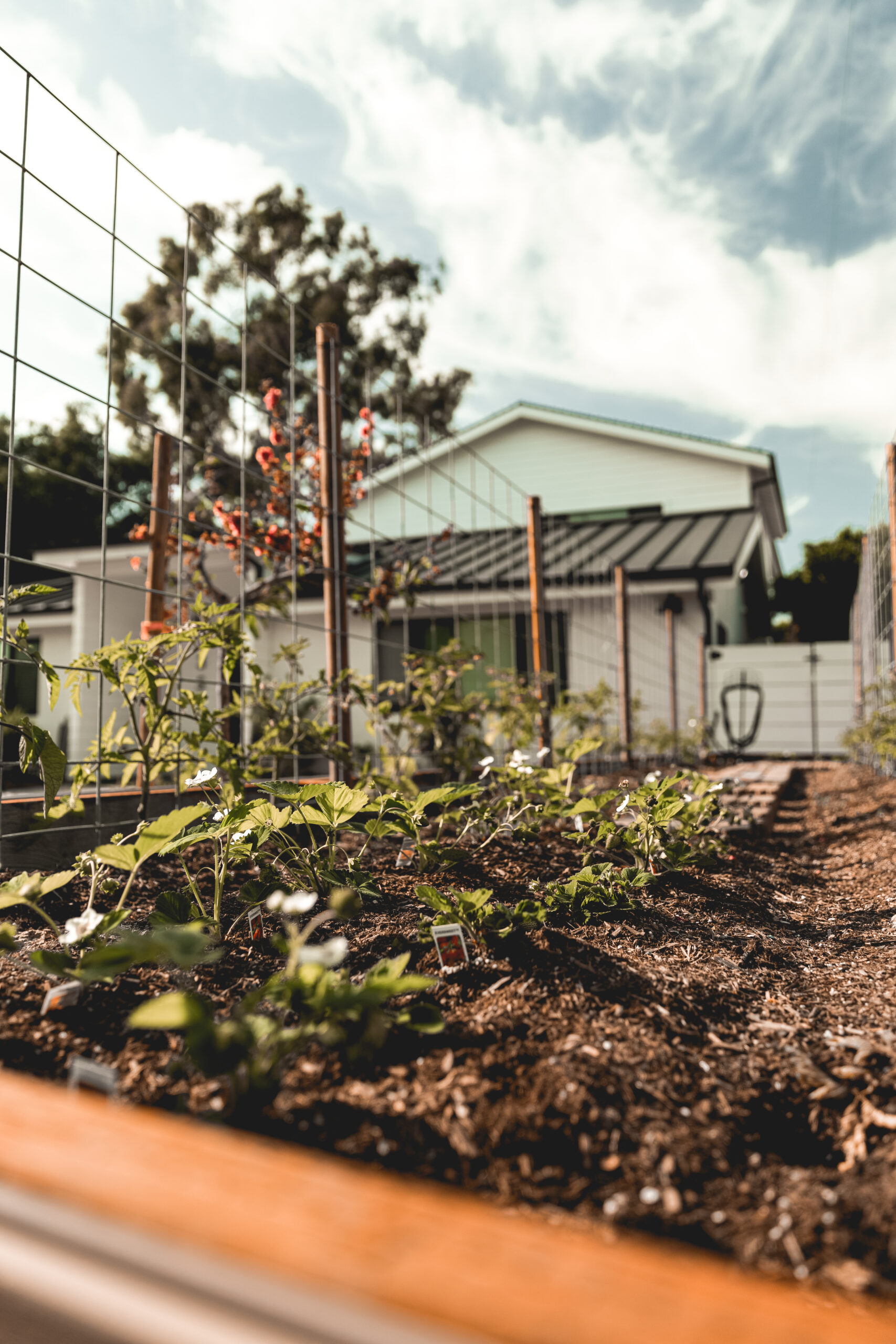Landscape Design Essentials: Using Planters to Enhance Your Outdoor Space
Planters are a simple yet powerful tool in landscape design, offering endless ways to enhance your outdoor space. Whether you have a sprawling yard or a small patio, planters can be used to add color, structure, and personal style to your landscape. In this blog, we’ll explore the essentials of using planters effectively, making them a key feature of your landscape design.
1. Choose the Right Size and Style
They come in various shapes, sizes, and materials, each offering a different aesthetic and practical benefit. Large planters can serve as focal points in a landscape, drawing attention to particular areas, while smaller planters can fill in spaces without overwhelming them. Select planter styles that complement the architecture of your home and the overall design of your landscape. For a modern look, consider sleek, metal planters. For a more rustic feel, wooden or terracotta planters can add warmth.
2. Opt for Weather-Resistant Materials
When choosing , consider the climate in your area. Some materials hold up better in certain weather conditions than others. For example, concrete planters are durable and hold moisture well, making them ideal for hot, dry climates. Plastic or resin planters, while lightweight, may degrade more quickly in harsh sunlight. By selecting the right material, you can ensure that your planters withstand the elements and continue to enhance your landscape year after year.
3. Use Planters to Add Height and Dimension
One of the best ways to create visual interest in landscape design is by varying the height and depth of plantings. They’re a great tool for adding height, allowing you to layer plants vertically. Use tall planters to elevate shorter plants or flowers, creating a multi-dimensional look. This layering technique can make a small space feel larger and a larger space feel more inviting.
4. Experiment with Seasonal Planting
They make it easy to change your landscape with the seasons. Use them to add spring flowers, summer foliage, autumnal accents, and even winter greenery. By rotating plants seasonally, you can keep your outdoor space fresh and inviting year-round. Seasonal planting also allows you to experiment with different color schemes, adding vibrancy to your landscape in every season.
5. Group Planters for a Cohesive Look
A collection of them in varying sizes and shapes can create a cohesive, curated look. Grouping planters together in clusters can make a bold statement, especially if you choose a consistent color palette. This technique works particularly well on patios, terraces, or along garden paths, where grouped can serve as both decor and spatial dividers.



